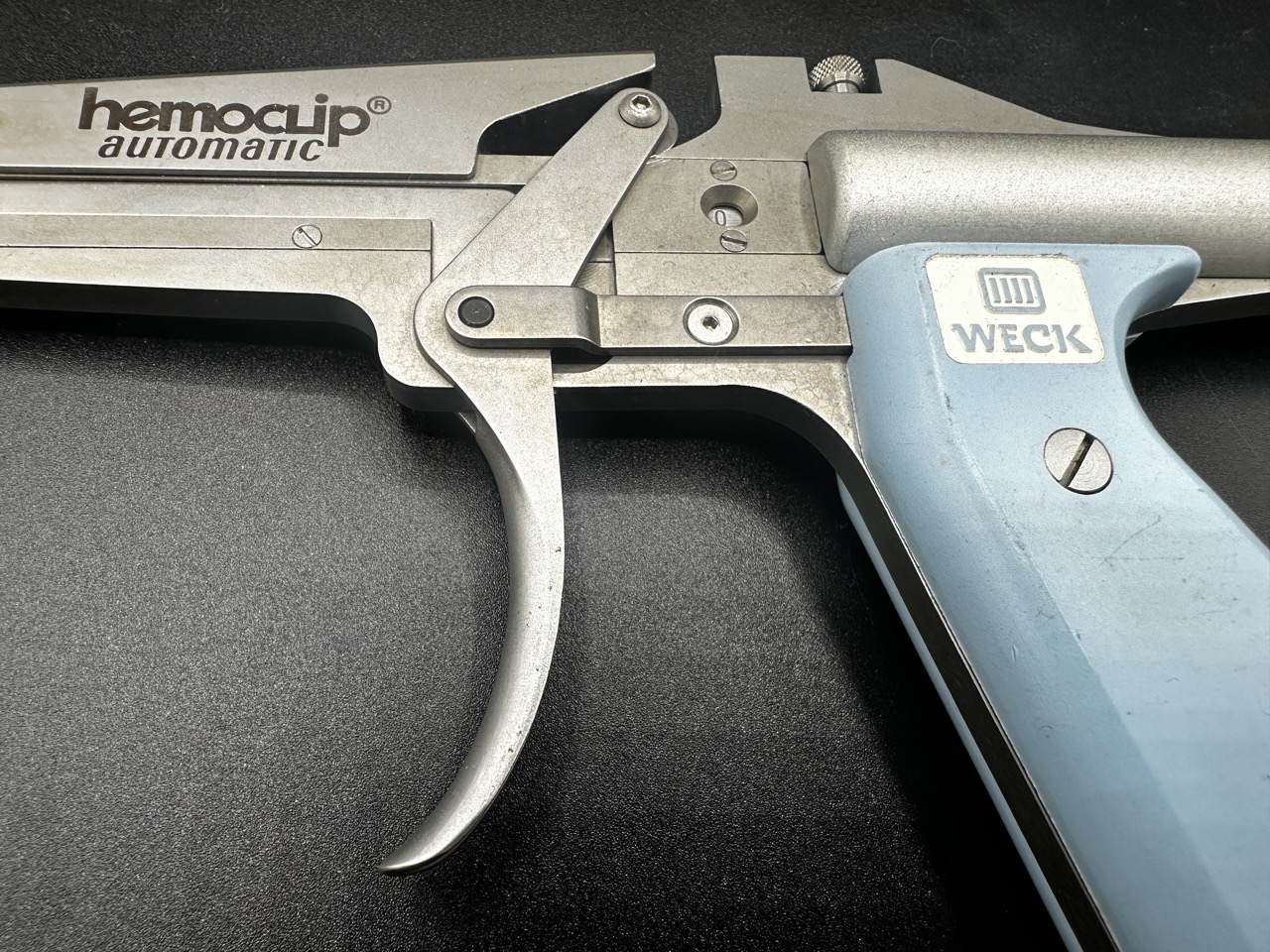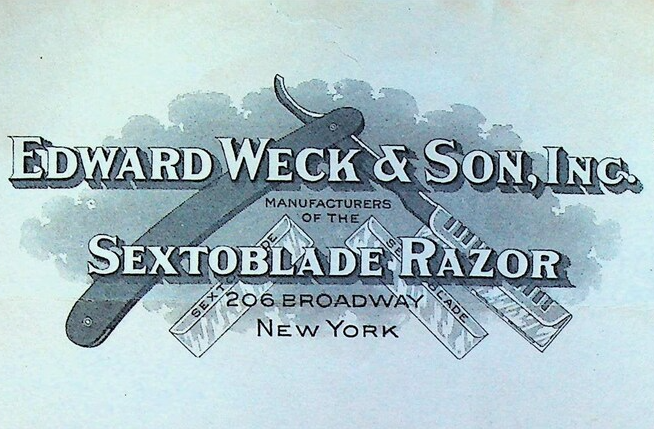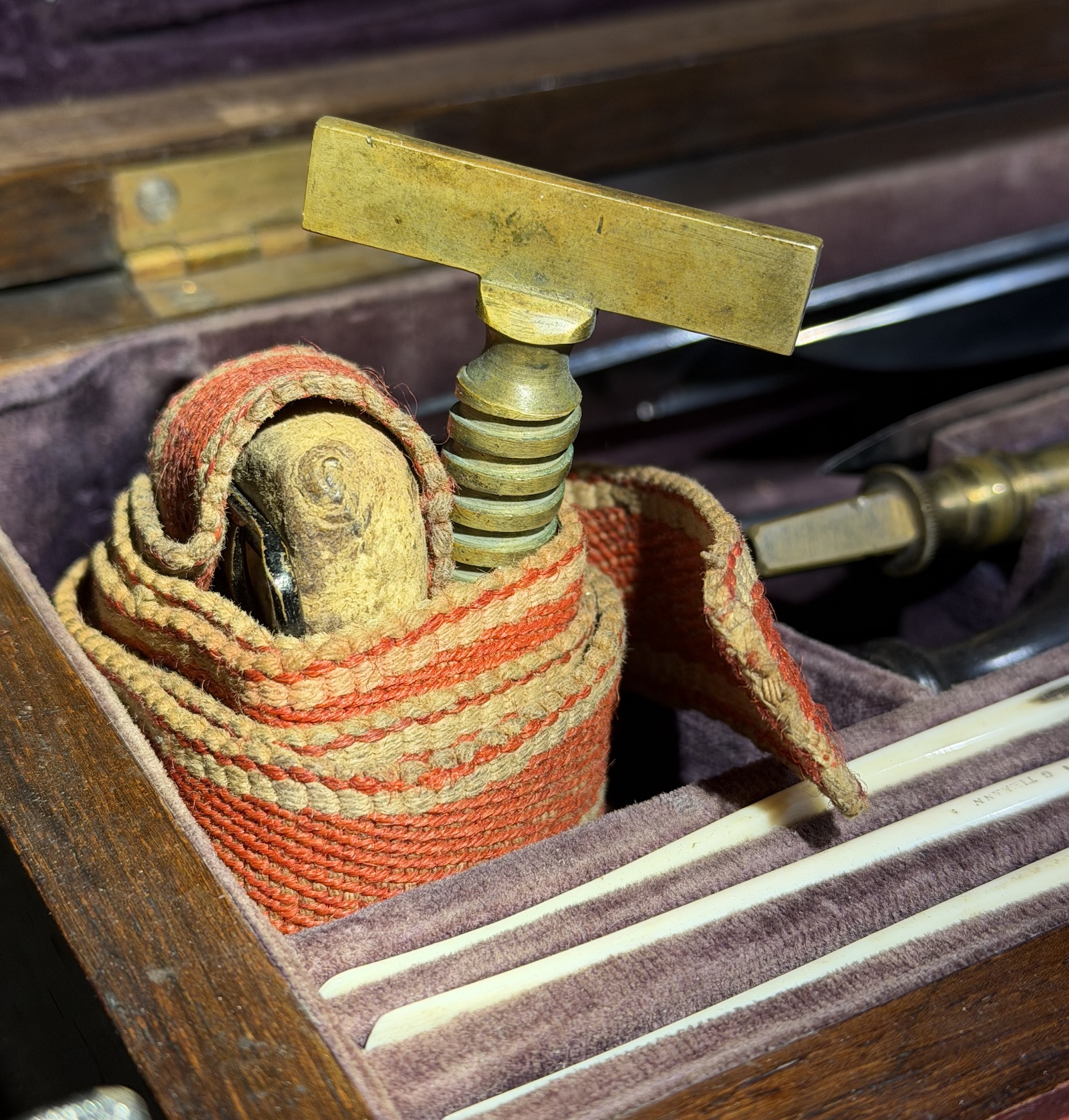Search results3 results
COLLECTION

USA, 20 C. 2 half
Hemoclip Automatic Clip-Applier by Edward Weck cat. nr. 527700
FIRM

USA, New York
The company Edward Weck Inc. traces its roots to it founder, Edward Weck, a German immigrant from Solingen – a city famed for blade-making. According to the statement on its first catalogues the firm was ‘established 1890' and in 1909 has received its first patents on the interchangeable razor blades. The company gradually moved into surgical field and played a significant role in the advancement of surgical instrumentation, particularly in the fields of microsurgery and vascular surgery. It was known for producing high-quality surgical tools, including vascular clamps and microsurgical instruments, which became standard in operating rooms worldwide. Its innovations contributed to more precise, less invasive surgical procedures, improving patient outcomes. Today, the legacy of Edward Weck endures through integration into larger medical device company, Teleflex, continuing to influence modern surgical practice.
Articles

The tourniquet is considered by many to be one of the most significant inventions in the history of surgery, having saved millions of soldiers and trauma victims. The earliest documented methods of blood control emerged in ancient India, as evidenced by Sushruta's ligatures, and referenced by Roman medici for vessel tying and cauterisation, in addition to external limb binding. Medieval and Renaissance barber-surgeons utilised tight bands, and in the 18th century, Jean-Louis Petit developed the screw tourniquet. The evolution of emergency care has been characterised by significant developments, with innovations ranging from Esmarch's elastic bandage to modern C-A-T devices.